US Airways 2005 Annual Report Download - page 121
Download and view the complete annual report
Please find page 121 of the 2005 US Airways annual report below. You can navigate through the pages in the report by either clicking on the pages listed below, or by using the keyword search tool below to find specific information within the annual report.-
 1
1 -
 2
2 -
 3
3 -
 4
4 -
 5
5 -
 6
6 -
 7
7 -
 8
8 -
 9
9 -
 10
10 -
 11
11 -
 12
12 -
 13
13 -
 14
14 -
 15
15 -
 16
16 -
 17
17 -
 18
18 -
 19
19 -
 20
20 -
 21
21 -
 22
22 -
 23
23 -
 24
24 -
 25
25 -
 26
26 -
 27
27 -
 28
28 -
 29
29 -
 30
30 -
 31
31 -
 32
32 -
 33
33 -
 34
34 -
 35
35 -
 36
36 -
 37
37 -
 38
38 -
 39
39 -
 40
40 -
 41
41 -
 42
42 -
 43
43 -
 44
44 -
 45
45 -
 46
46 -
 47
47 -
 48
48 -
 49
49 -
 50
50 -
 51
51 -
 52
52 -
 53
53 -
 54
54 -
 55
55 -
 56
56 -
 57
57 -
 58
58 -
 59
59 -
 60
60 -
 61
61 -
 62
62 -
 63
63 -
 64
64 -
 65
65 -
 66
66 -
 67
67 -
 68
68 -
 69
69 -
 70
70 -
 71
71 -
 72
72 -
 73
73 -
 74
74 -
 75
75 -
 76
76 -
 77
77 -
 78
78 -
 79
79 -
 80
80 -
 81
81 -
 82
82 -
 83
83 -
 84
84 -
 85
85 -
 86
86 -
 87
87 -
 88
88 -
 89
89 -
 90
90 -
 91
91 -
 92
92 -
 93
93 -
 94
94 -
 95
95 -
 96
96 -
 97
97 -
 98
98 -
 99
99 -
 100
100 -
 101
101 -
 102
102 -
 103
103 -
 104
104 -
 105
105 -
 106
106 -
 107
107 -
 108
108 -
 109
109 -
 110
110 -
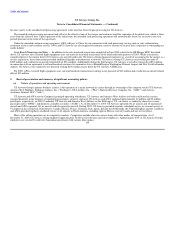 111
111 -
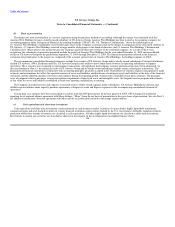 112
112 -
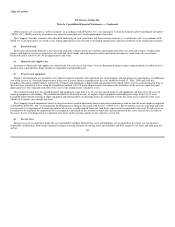 113
113 -
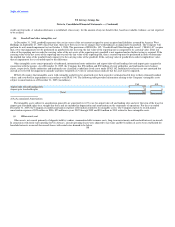 114
114 -
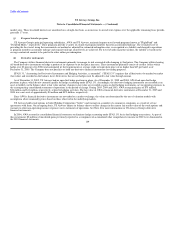 115
115 -
 116
116 -
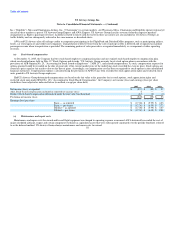 117
117 -
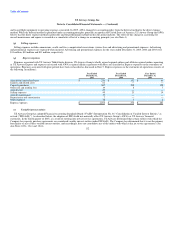 118
118 -
 119
119 -
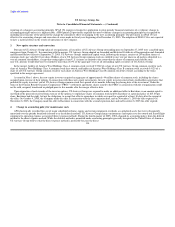 120
120 -
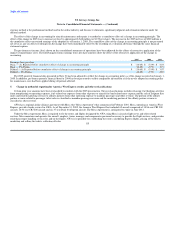 121
121 -
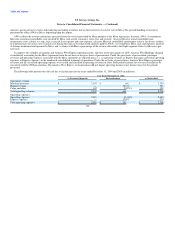 122
122 -
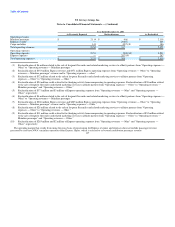 123
123 -
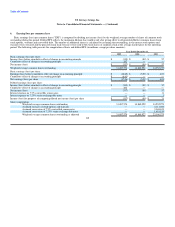 124
124 -
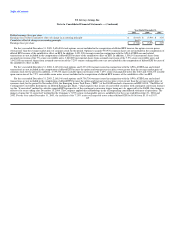 125
125 -
 126
126 -
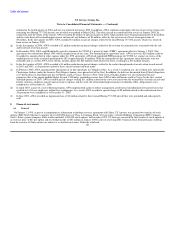 127
127 -
 128
128 -
 129
129 -
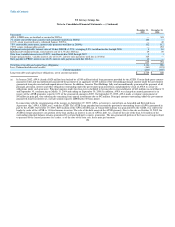 130
130 -
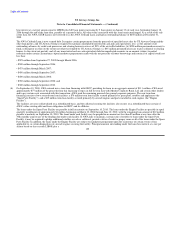 131
131 -
 132
132 -
 133
133 -
 134
134 -
 135
135 -
 136
136 -
 137
137 -
 138
138 -
 139
139 -
 140
140 -
 141
141 -
 142
142 -
 143
143 -
 144
144 -
 145
145 -
 146
146 -
 147
147 -
 148
148 -
 149
149 -
 150
150 -
 151
151 -
 152
152 -
 153
153 -
 154
154 -
 155
155 -
 156
156 -
 157
157 -
 158
158 -
 159
159 -
 160
160 -
 161
161 -
 162
162 -
 163
163 -
 164
164 -
 165
165 -
 166
166 -
 167
167 -
 168
168 -
 169
169 -
 170
170 -
 171
171 -
 172
172 -
 173
173 -
 174
174 -
 175
175 -
 176
176 -
 177
177 -
 178
178 -
 179
179 -
 180
180 -
 181
181 -
 182
182 -
 183
183 -
 184
184 -
 185
185 -
 186
186 -
 187
187 -
 188
188 -
 189
189 -
 190
190 -
 191
191 -
 192
192 -
 193
193 -
 194
194 -
 195
195 -
 196
196 -
 197
197 -
 198
198 -
 199
199 -
 200
200 -
 201
201 -
 202
202 -
 203
203 -
 204
204 -
 205
205 -
 206
206 -
 207
207 -
 208
208 -
 209
209 -
 210
210 -
 211
211 -
 212
212 -
 213
213 -
 214
214 -
 215
215 -
 216
216 -
 217
217 -
 218
218 -
 219
219 -
 220
220 -
 221
221 -
 222
222 -
 223
223 -
 224
224 -
 225
225 -
 226
226 -
 227
227 -
 228
228 -
 229
229 -
 230
230 -
 231
231 -
 232
232 -
 233
233 -
 234
234 -
 235
235 -
 236
236 -
 237
237 -
 238
238 -
 239
239 -
 240
240 -
 241
241 -
 242
242 -
 243
243 -
 244
244 -
 245
245 -
 246
246 -
 247
247 -
 248
248 -
 249
249 -
 250
250 -
 251
251 -
 252
252 -
 253
253 -
 254
254 -
 255
255 -
 256
256 -
 257
257 -
 258
258 -
 259
259 -
 260
260 -
 261
261 -
 262
262 -
 263
263 -
 264
264 -
 265
265 -
 266
266 -
 267
267 -
 268
268 -
 269
269 -
 270
270 -
 271
271 -
 272
272 -
 273
273 -
 274
274 -
 275
275 -
 276
276 -
 277
277 -
 278
278 -
 279
279 -
 280
280 -
 281
281 -
 282
282 -
 283
283 -
 284
284 -
 285
285 -
 286
286 -
 287
287 -
 288
288 -
 289
289 -
 290
290 -
 291
291 -
 292
292 -
 293
293 -
 294
294 -
 295
295 -
 296
296 -
 297
297 -
 298
298 -
 299
299 -
 300
300 -
 301
301 -
 302
302 -
 303
303 -
 304
304 -
 305
305 -
 306
306 -
 307
307 -
 308
308 -
 309
309 -
 310
310 -
 311
311 -
 312
312 -
 313
313 -
 314
314 -
 315
315 -
 316
316 -
 317
317 -
 318
318 -
 319
319 -
 320
320 -
 321
321 -
 322
322 -
 323
323
 |
 |
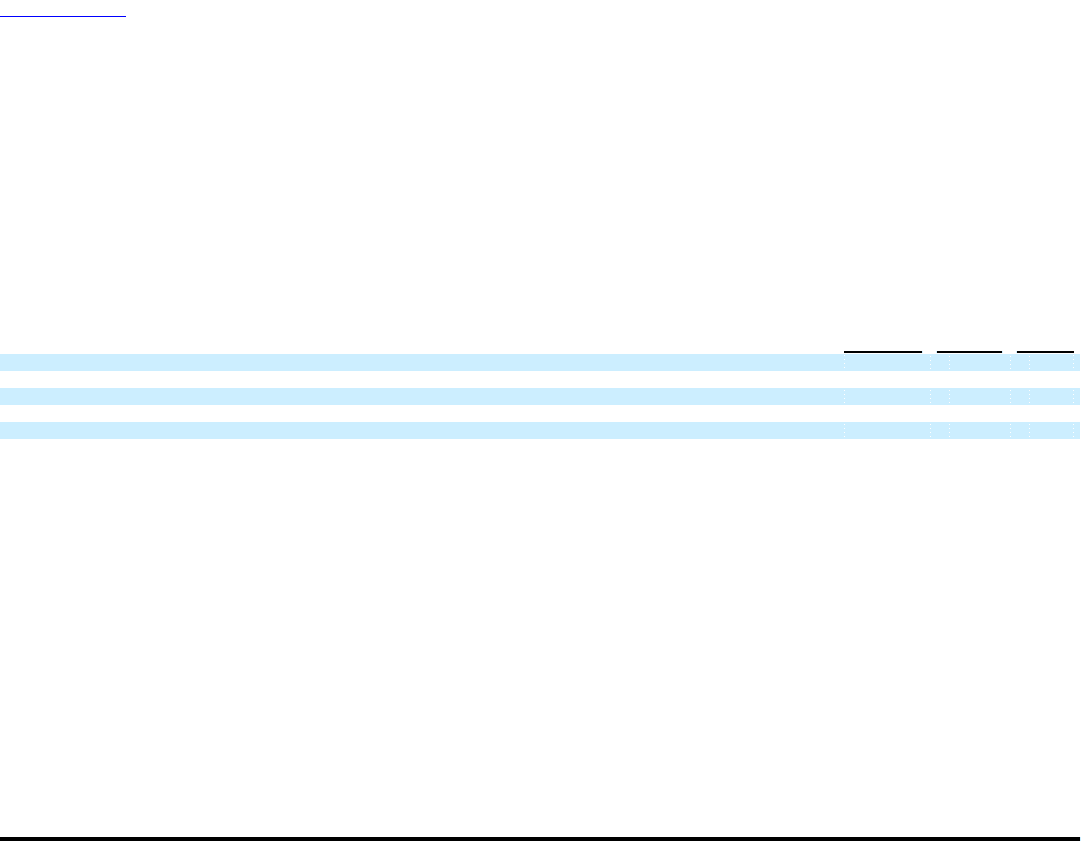
Table of Contents
US Airways Group, Inc.
Notes to Consolidated Financial Statements — (Continued)
expense method is the predominant method used in the airline industry and because it eliminates significant judgment and estimation inherent under the
deferral method.
The effect of this change in accounting for aircraft maintenance and repairs is recorded as a cumulative effect of a change in accounting principle. The
effect of the change in 2005 was to increase net loss by approximately $48 million (or $1.52 per share). The increase in the 2005 net loss of $202 million is
the cumulative effect on retained earnings of the adoption as of January 1, 2005. The cumulative effect of the change in accounting principle is not presented
net of tax as any tax effects resulting from the change have been immediately offset by the recording of a valuation allowance through the same financial
statement caption.
The pro forma net income (loss) shown on the consolidated statements of operations have been adjusted for the effects of retroactive application of the
impact of maintenance costs. The following pro forma earnings (loss) per share amounts show the effect of the retroactive application of the change in
accounting.
2005 2004 2003
Earnings (loss) per share
Basic — As Reported before cumulative effect of change in accounting principle $ (10.65) $ (5.99) $ 4.03
Basic — Pro Forma (10.65) (9.53) 3.71
Diluted — As Reported before cumulative effect of change in accounting principle $ (10.65) $ (5.99) $ 3.07
Diluted — Pro Forma (10.65) (9.53) 2.87
The 2005 quarterly financial data presented in Note 21 has been adjusted to reflect the change in accounting policy as if the change occurred on January 1,
2005. In addition, pro forma quarterly financial data for 2004 has been presented to reflect comparable information as if the newly adopted accounting policy
for maintenance costs had been applied during all periods affected.
5. Change in method of reporting for America West Express results and other reclassifications
Certain prior year amounts have been reclassified to conform with the 2005 presentation. These reclassifications include reclassing: fuel hedging activities
from nonoperating to operating expenses, fuel-related tax expenses from other expenses to aircraft fuel and related taxes expense and the sale of frequent flier
miles and related marketing services to affinity partners from other operating expense to mainline passenger and other revenue. The portion of the affinity
partner revenue related to passenger ticket sales is classified as mainline passenger revenue and the marketing portion of the affinity partner revenue is
classified as other revenue.
AWA has a regional airline alliance agreement with Mesa (the "Mesa Agreement") that commenced in February 2001. Mesa, operating as America West
Express, provides feeder service for AWA. As of December 31, 2005, the America West Express fleet included 62 aircraft comprised of 38 86-seat CRJ 900
aircraft, 18 50-seat CRJ 200 aircraft and six 37-seat Dash 8 turboprop aircraft. The Mesa Agreement is anticipated to expire in June 2012.
Under the Mesa Agreement, Mesa is required to fly the routes and flights designated by AWA using Mesa's aircraft, flight crews and other related
services. Mesa maintains and operates the aircraft; employs, trains, manages and compensates personnel necessary to provide the flight services; and provides
related passenger handling services for and on the flights. AWA is responsible for establishing the routes, scheduling Express flights, pricing of the tickets,
marketing and selling the tickets, collecting all sales 115
